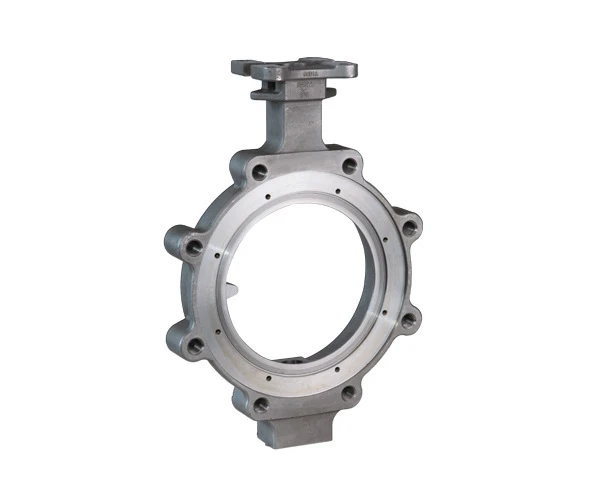Innovative Approaches to Die Cast Design for Enhanced Manufacturing Efficiency
The Art and Science of Die Casting Design
Die casting is a manufacturing process that utilizes molten metal poured into a mold to produce complex shapes with high precision. It is widely used in various industries, including automotive, aerospace, electronics, and consumer goods. The effectiveness of die casting largely depends on well-thought-out design principles. In this article, we explore the key considerations and best practices involved in die casting design.
Understanding Die Casting Process
Before delving into design considerations, it's important to understand the die casting process itself. The process involves two main components the die and the molten metal. The die is typically made of high-strength steel, designed to withstand the extreme temperatures and pressures involved in the casting process. Once the metal is heated and melted, it is injected into the die under high pressure, allowing it to cool and solidify into the desired shape.
Design Considerations for Die Casting
1. Material Selection The choice of metal is critical in die casting. Common materials include aluminum, zinc, magnesium, and copper alloys. The selection depends on various factors such as the mechanical properties required, the intended application, and cost considerations. Each material has its unique characteristics that influence the overall design.
2. Draft Angles To facilitate easy removal of the cast part from the die, incorporating draft angles into the design is essential. Draft angles, which are slight slopes or tapering in the mold walls, reduce friction and help prevent damage to both the die and the finished product. A typical draft angle ranges from 1° to 3°, although it may vary based on the size and complexity of the part.
3. Wall Thickness Uniform wall thickness is crucial in die casting design. Variations in thickness can lead to issues like warping during cooling or insufficient flow of molten metal, resulting in defects. A design with consistent thickness minimizes these risks and enhances the mechanical performance of the final component.
die casting design

4. Ribs and Bosses To enhance the strength and stiffness of a die-cast part while maintaining a lightweight structure, adding ribs and bosses is a common practice. Ribs provide additional support and help distribute loads, while bosses are used for mounting or attaching other components. However, care must be taken to ensure these features do not compromise the mold's ability to fill properly or create areas of thermal stress.
5. Injection Points The placement of injection points is another critical factor in die casting design. Ideally, the molten metal should flow into the mold in a manner that minimizes turbulence and ensures even filling. Strategic positioning of gates and vents can help reduce air pockets and ensure a smooth flow, ultimately leading to a higher-quality finished product.
6. Surface Finish The desired surface finish of the die-cast part can influence the design as well. Factors like texture, gloss, and coating needs must be considered early in the design process. Effective surface finish can improve aesthetics, corrosion resistance, and even the functionality of the part.
Prototyping and Testing
After the design phase, prototyping plays a vital role in die casting. Creating a prototype allows designers to identify potential issues before moving into full-scale production. Techniques such as 3D printing or CNC machining can be employed to create test molds. Rigorous testing of these prototypes helps validate the design, ensuring that the final product meets the required specifications.
Conclusion
Effective die casting design is a blend of art and engineering. By considering material selection, draft angles, wall thickness, support features, injection points, and surface finish early in the design process, manufacturers can achieve high-quality, precise, and cost-effective components. As industries continue to evolve and demand more complex and efficient designs, the principles of die casting will remain pivotal in driving innovation and reliability in manufacturing processes.
-
OEM Sand Cast Pump Valve Fittings - Baoding Hairun Machinery And Equipment Trading Co., Ltd.NewsAug.01,2025
-
Custom OEM Impellers | High Efficiency & PrecisionNewsAug.01,2025
-
OEM Sand Cast Pump Valve Fittings - Baoding Hairun Machinery | Customization, Quality AssuranceNewsAug.01,2025
-
OEM Sand Cast Pump Valve Fittings - Baoding Hairun Machinery And Equipment Trading Co., Ltd.NewsAug.01,2025
-
OEM Sand Cast Pump Valve Fittings - Baoding Hairun Machinery And Equipment Trading Co., Ltd.NewsJul.31,2025
-
OEM Sand Cast Pump Valve Fittings - Baoding Hairun | Precision Engineering, CustomizableNewsJul.30,2025















